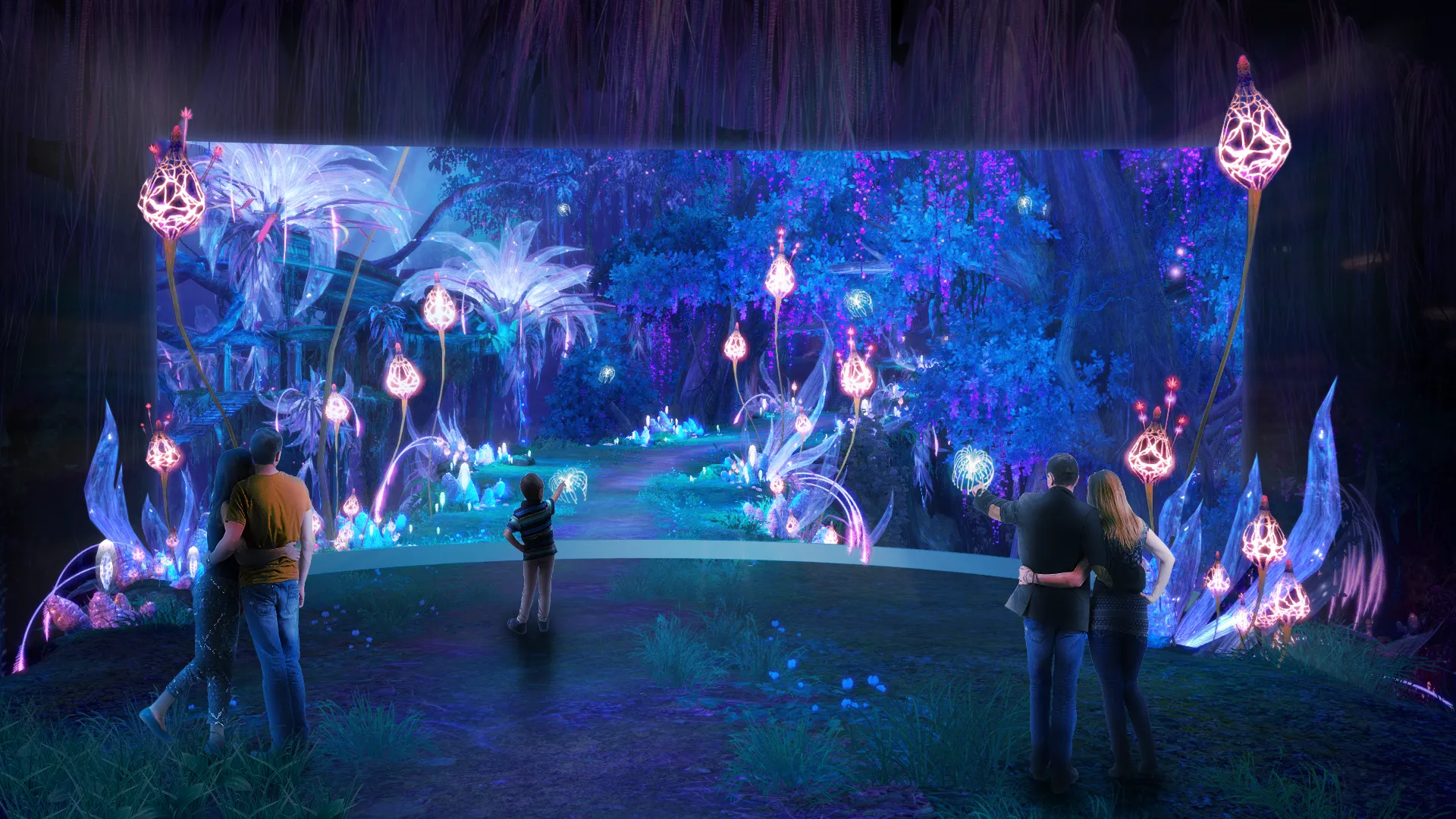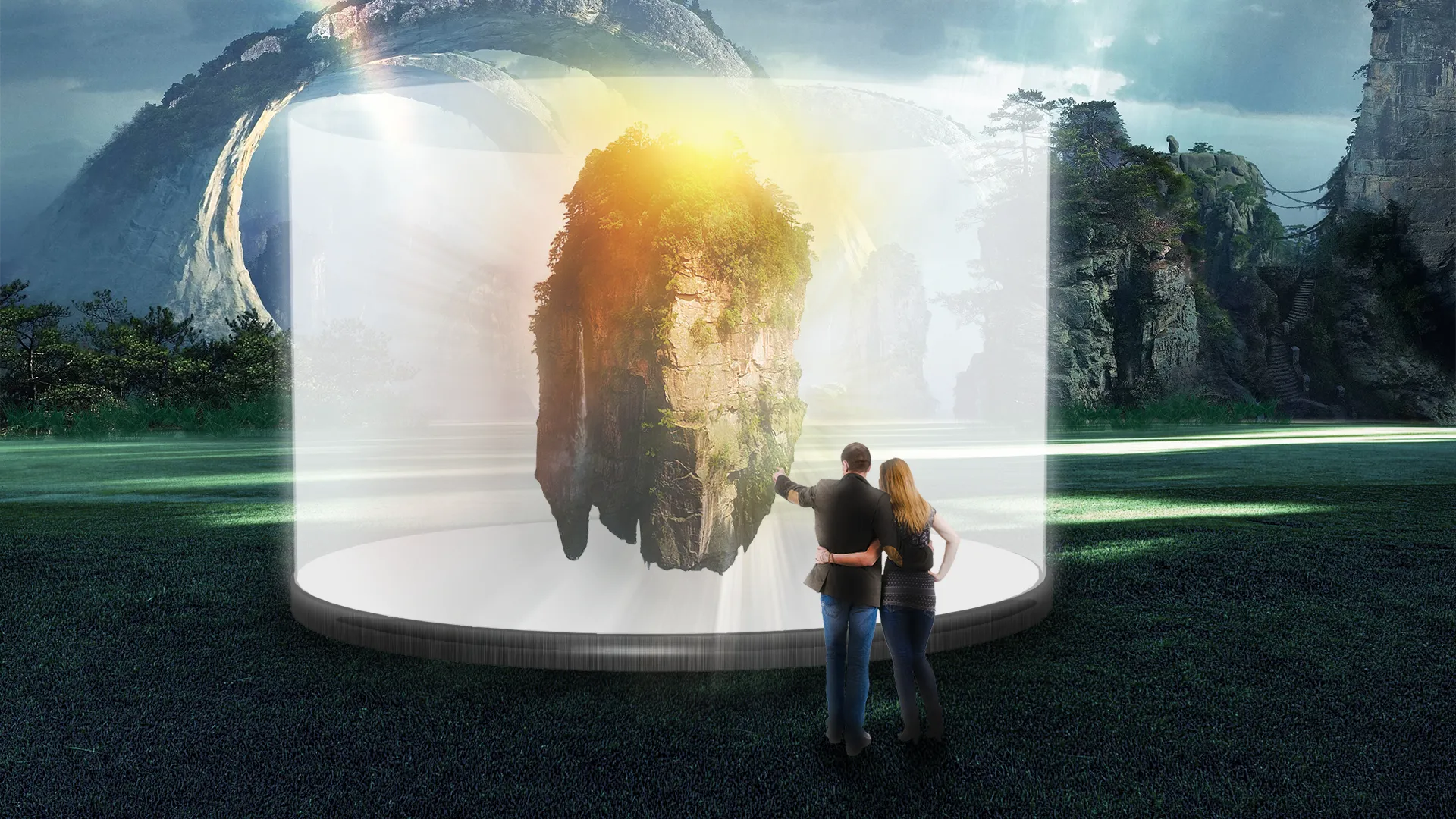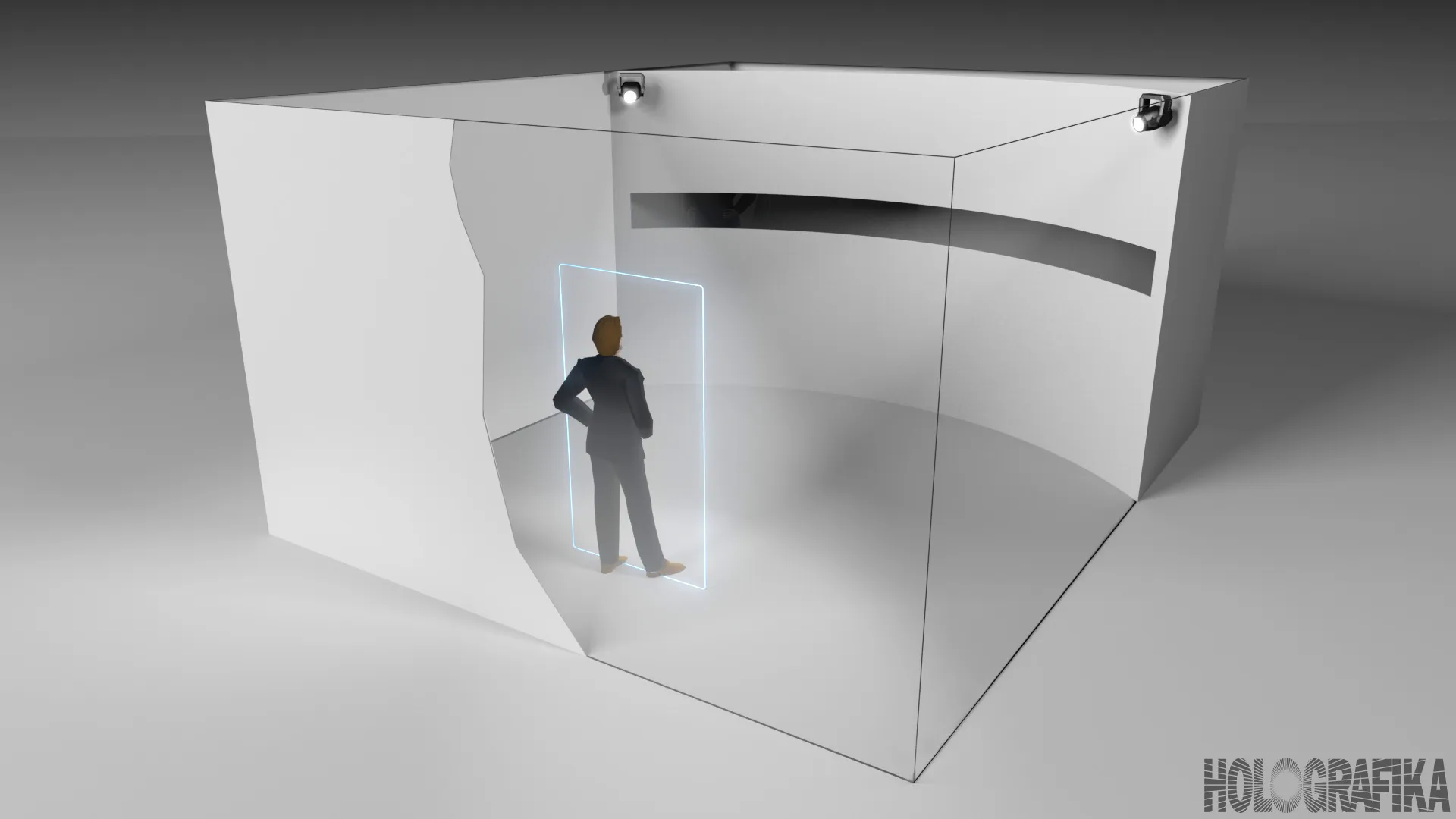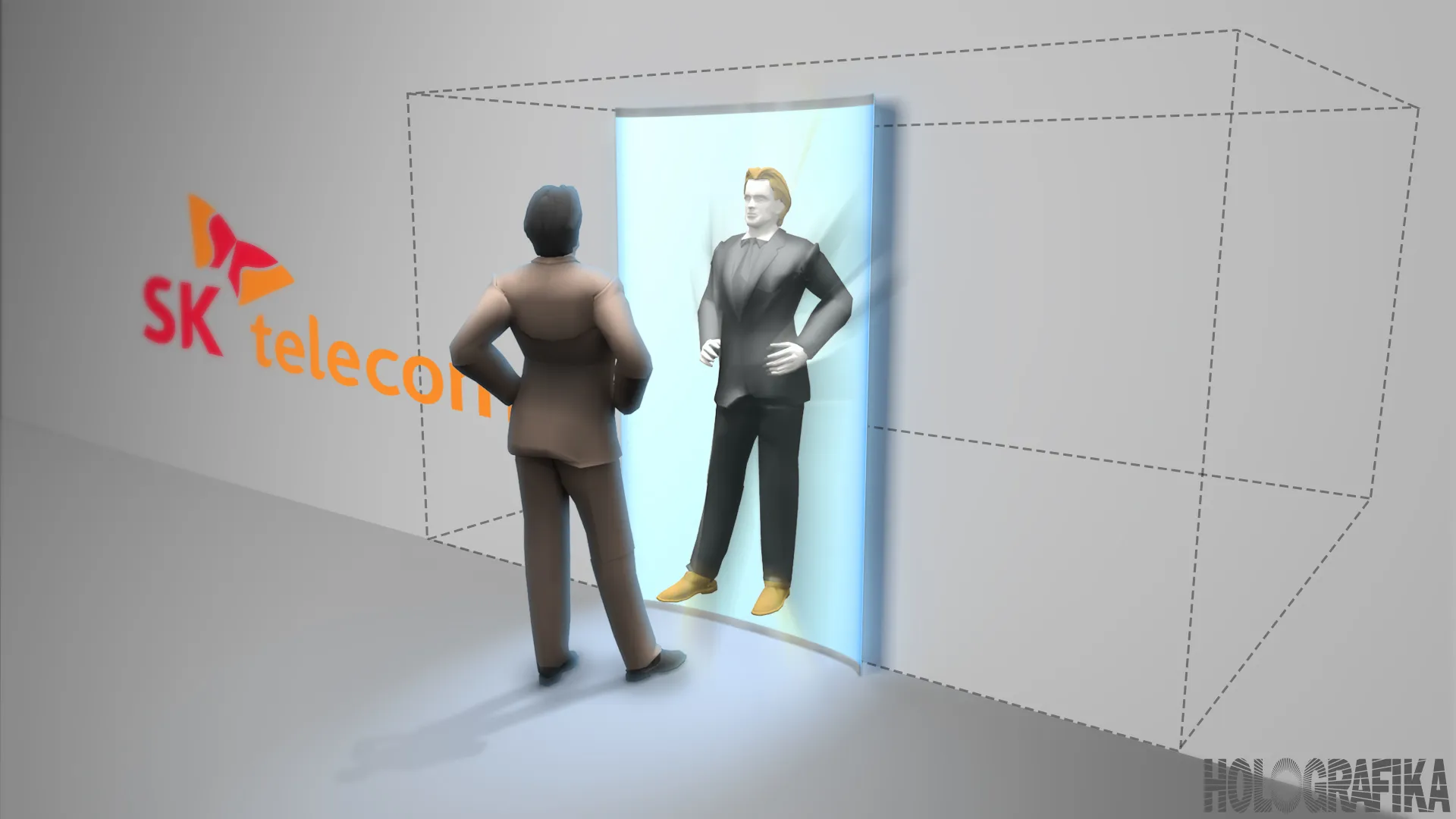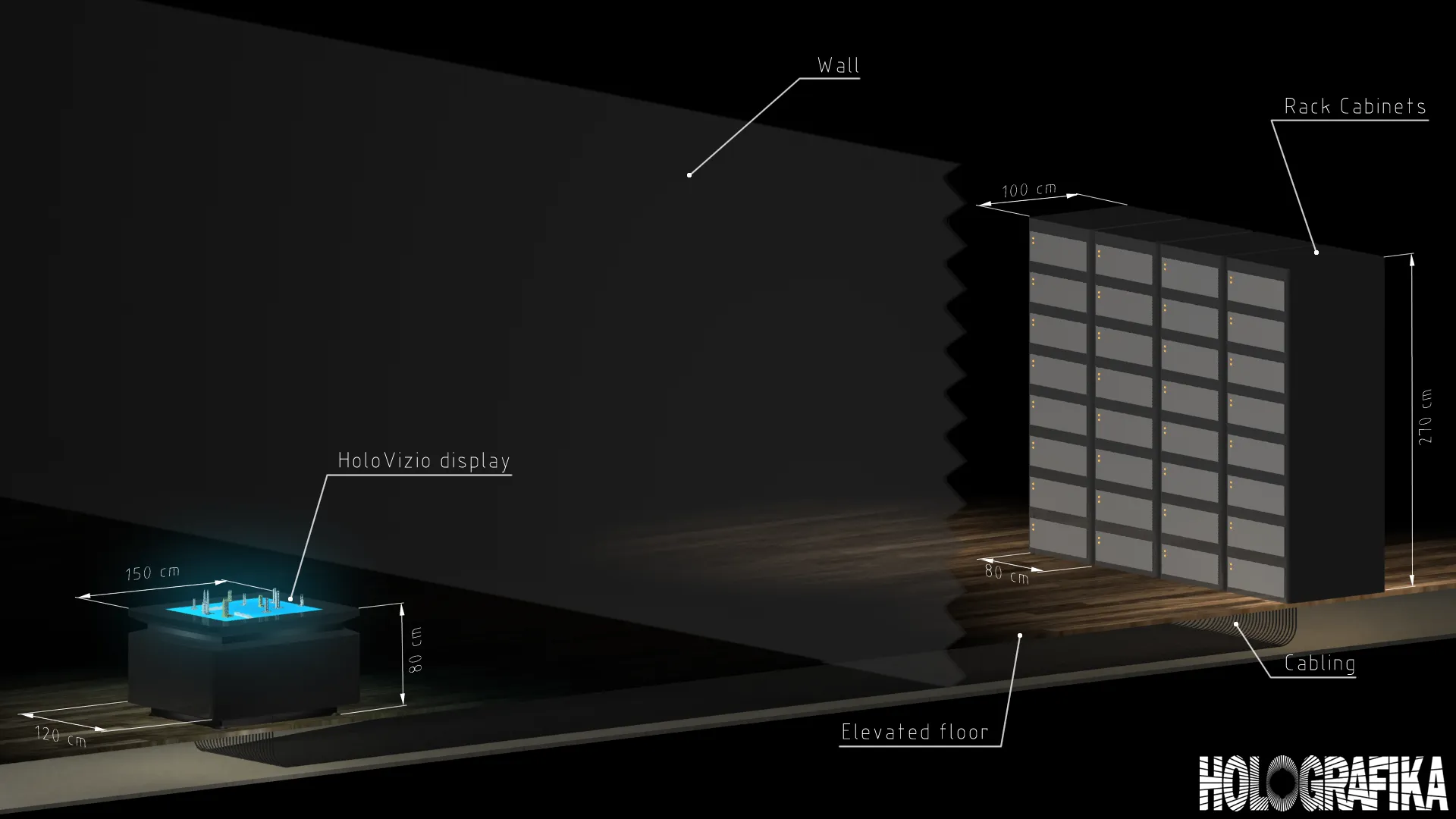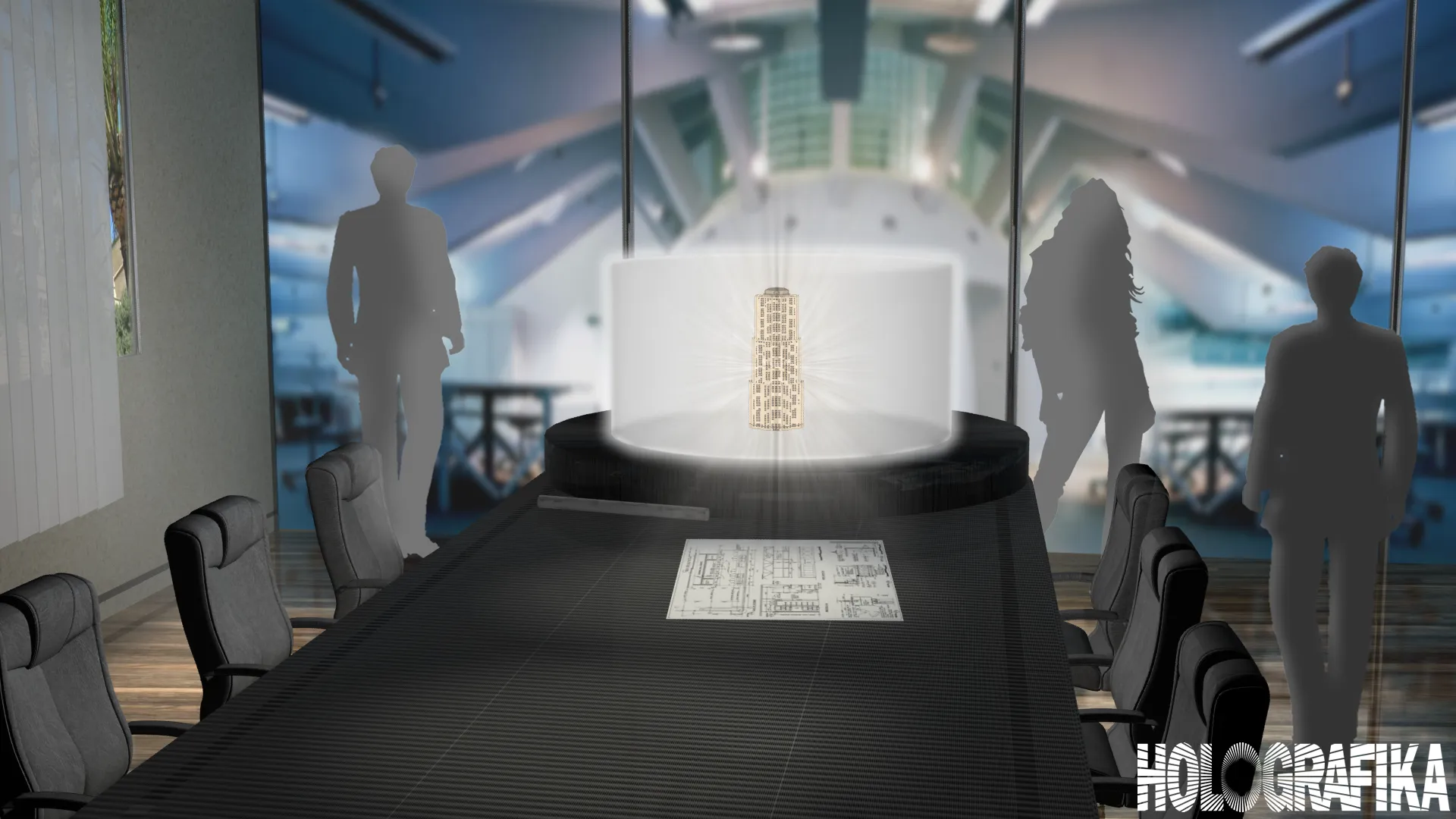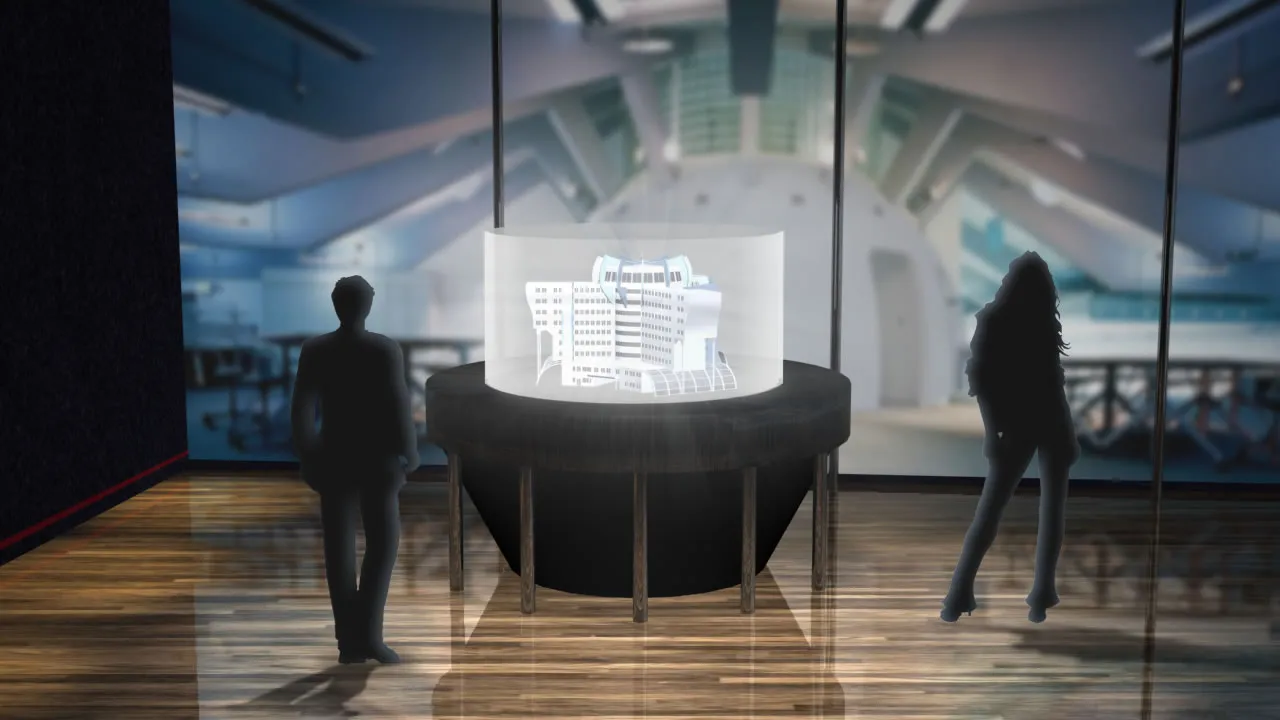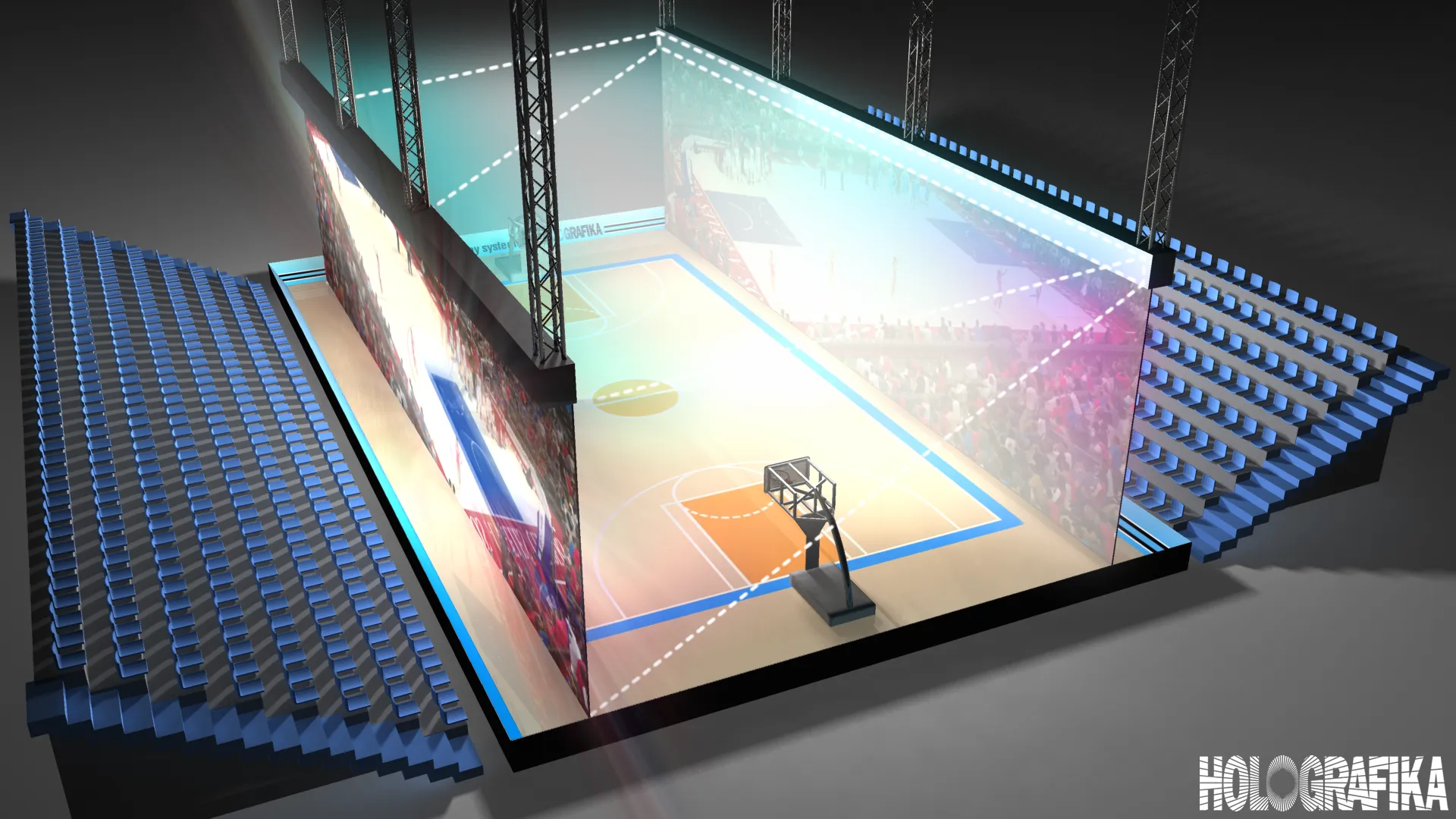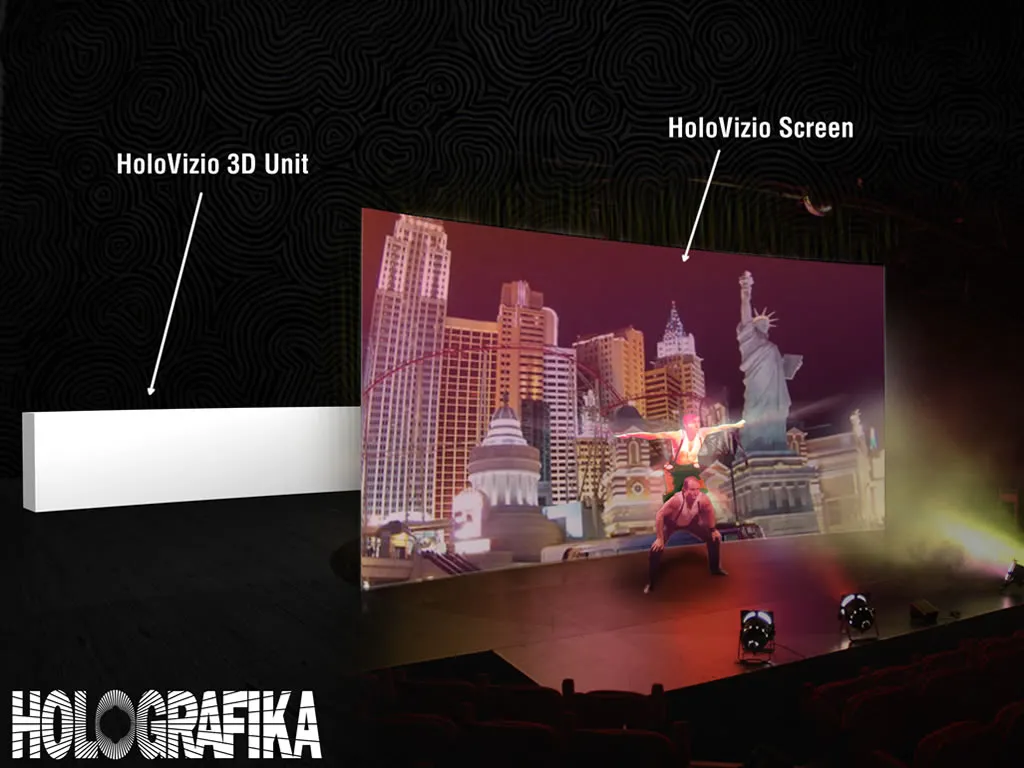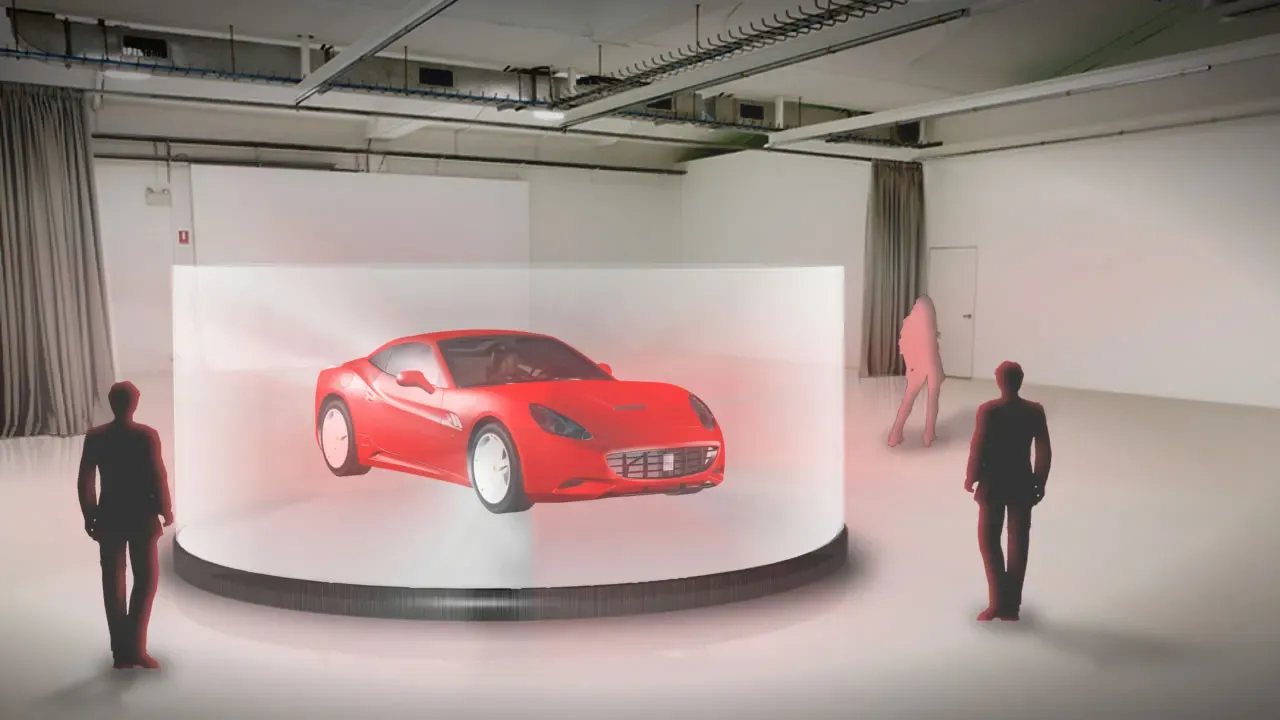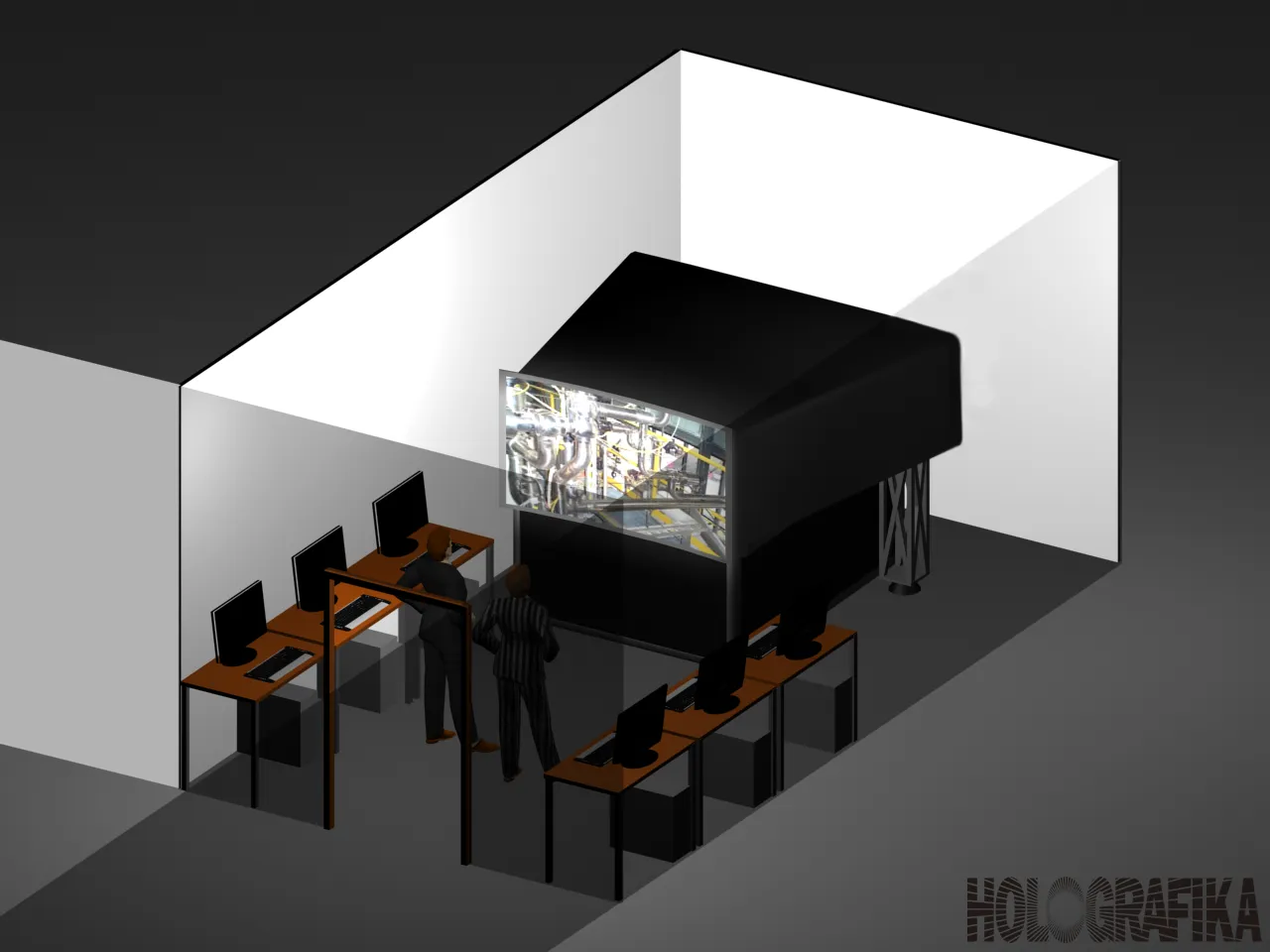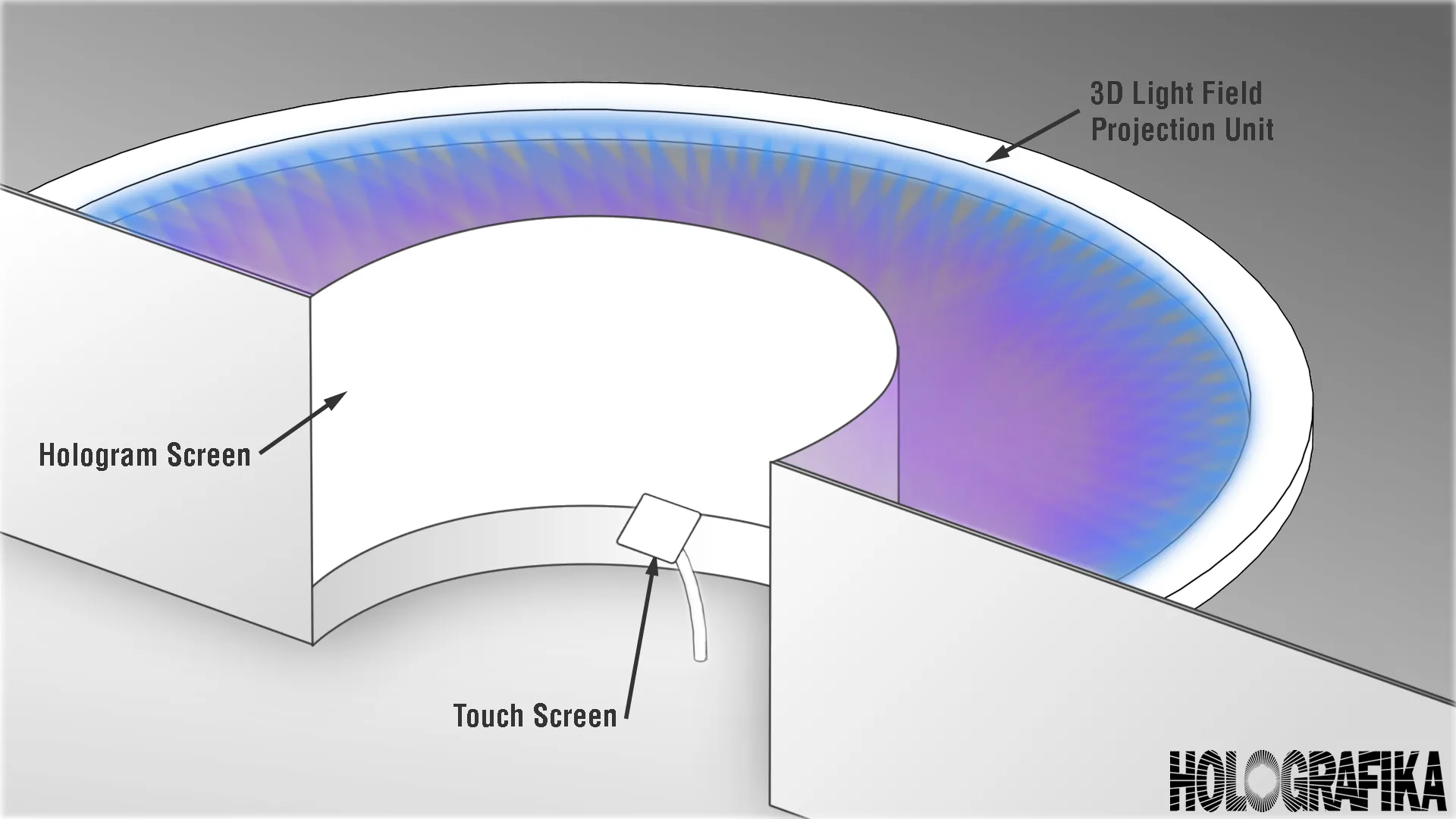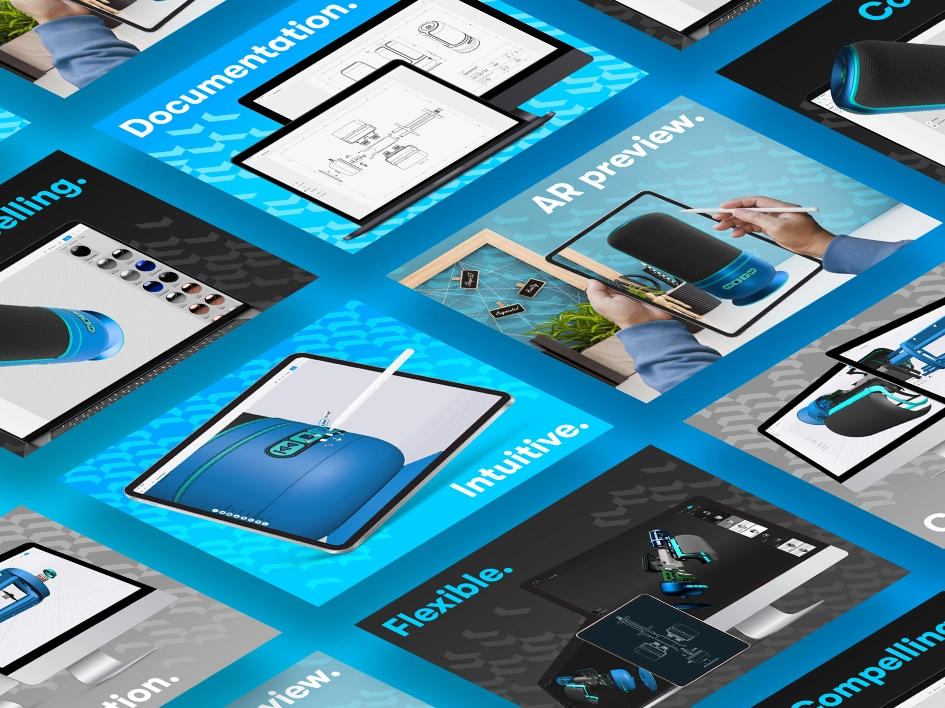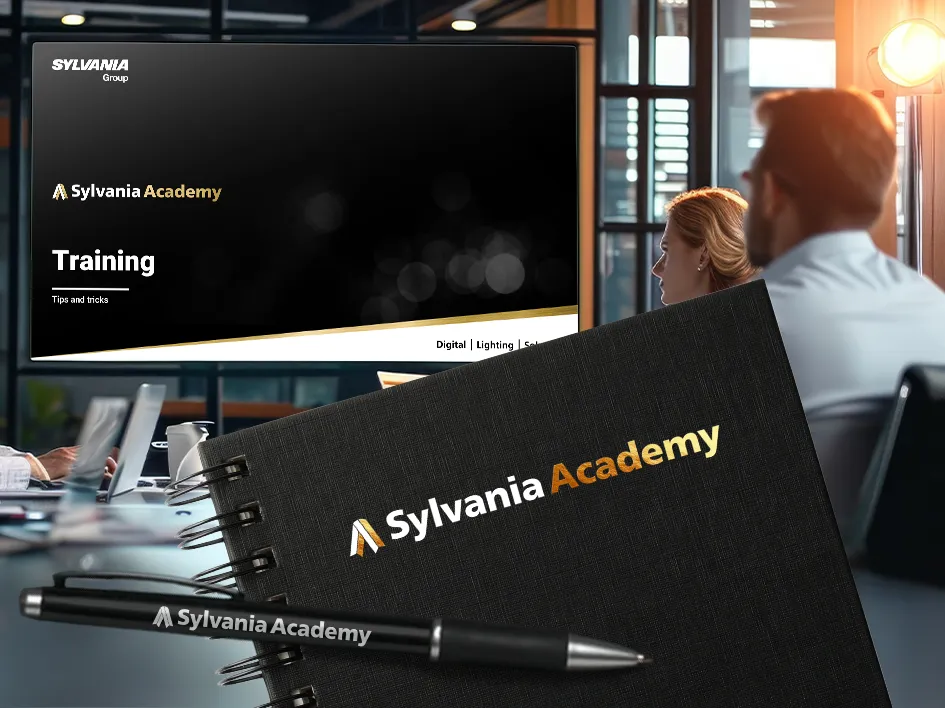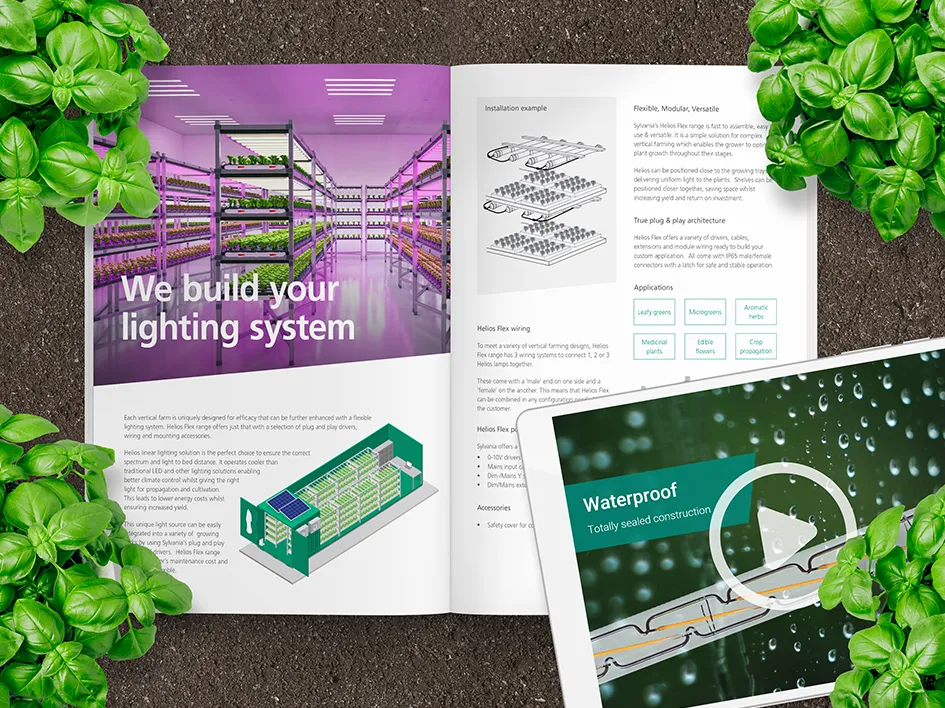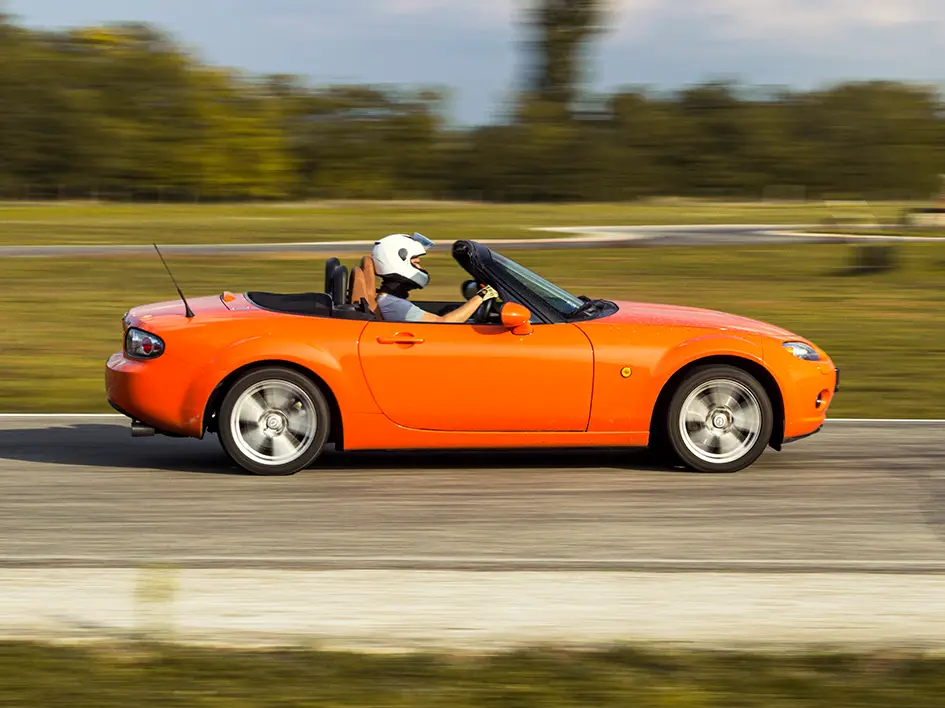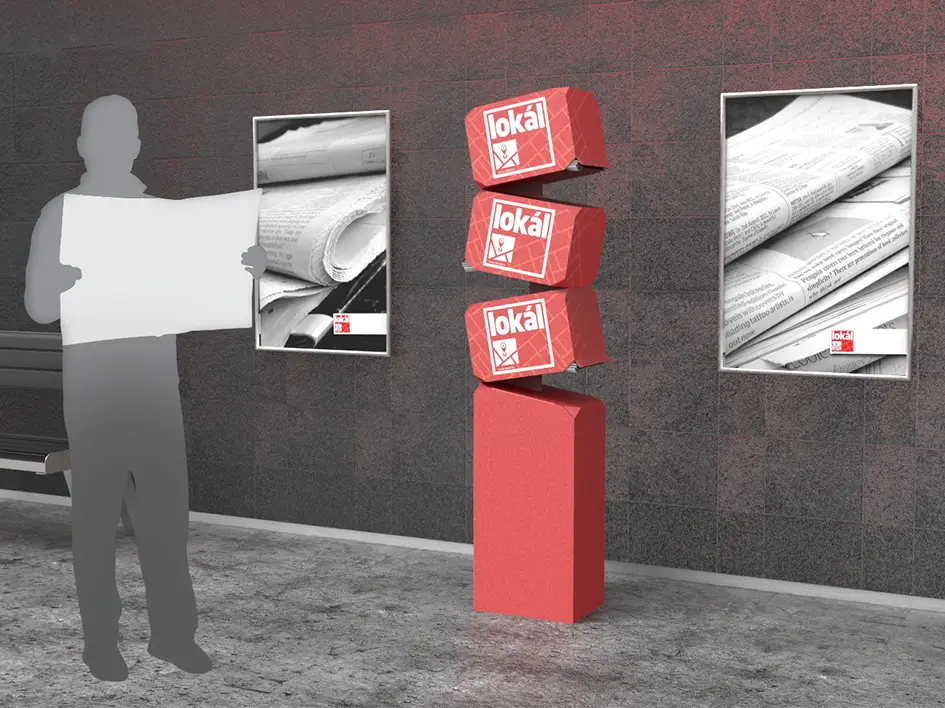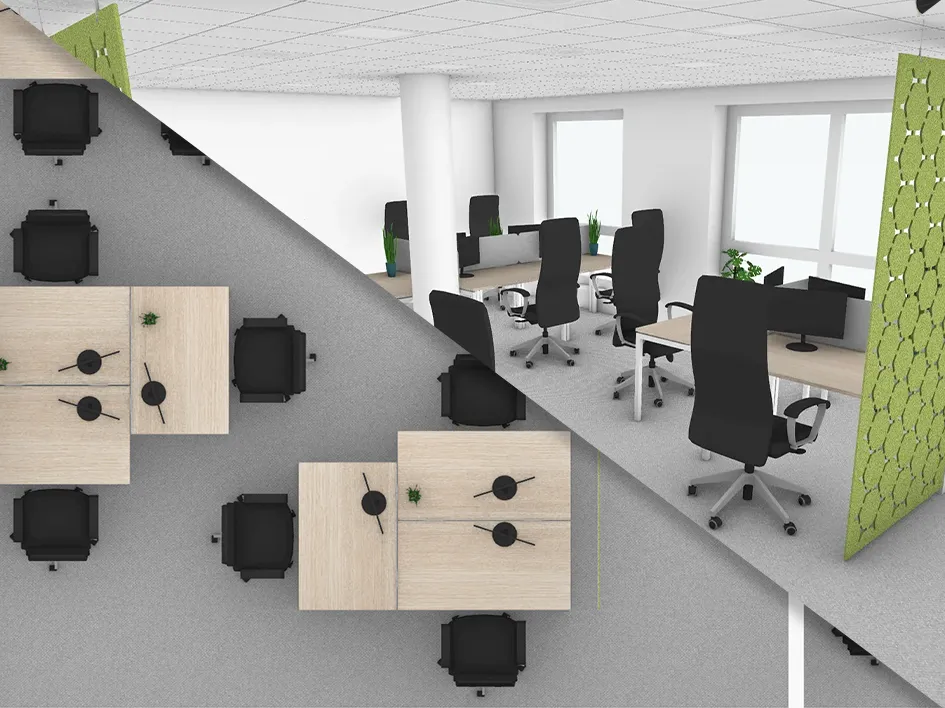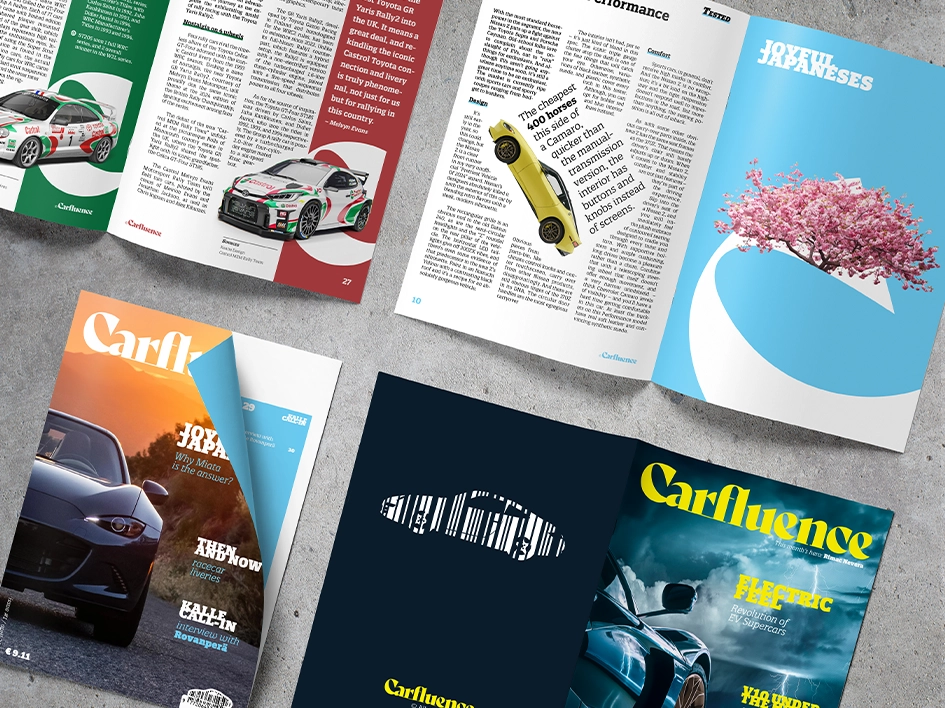Custom display concepts for Holografika
Holografika pioneered and advanced a proprietary light-field technology for glasses-free 3D visualization. The 3D display operates without tracking individuals, delivering a uniquely realistic experience that simulates the sensation of looking out of a window. This innovation encompasses real 3D display devices, software applications, cameras and 3D data compression solutions, resulting in a portfolio of patents and trademarks.
During my tenure, I faced numerous challenges in crafting display design concepts for inquiries and tenders. These experiences served as valuable learning opportunities, allowing me to continually enhance my skills.
Theme park concept designs
The surge in popularity of 3D cinemas propelled by the success of the movie “Avatar” led to a demand for a theme park experience. In response, Holografika engaged in a tender process to develop immersive 3D display technology, aiming to transport viewers into the fantastical world of Pandora from the movie. My responsibility was to envision and bring to life the potential appearance of a 3D display in the theme park environment, translating my ideas into compelling visualizations.
SK Telecom plans and visualization
Holografika elevated telepresence technology with the development of a ‘holopresence’ prototype showcased at SK Telecom’s exhibition of future technologies. My role involved creating visuals to illustrate the synergy between a camera system and the 3D display. While the prototype was initially designed for a one-way communication conference room, it served as a proof of concept for future telepresence.
Redesign of a flagship product
Holografika’s flagship product is the 722RC, which is an ideal 72″ 3D display for wide diverse of markets. Being a rear projection solution, it comes with inherent physical constraints regarding minimum dimensions. As I studied working with CAD softwares I undertook a challenging industrial design project: the task of optically reducing the depth of the display. In my design approach, I centered on crafting low-poly style models while exploring the impact of strategically breaking edges to observe their effects on the overall optical aesthetics.
Other examples
These are a few other examples, presented without going into details: an architectural big data visualization system, unutilized stadium broadcasting an event in 3D, mixed reality theatre, online shopping, automotive design, museum, HoloVizio placement in a small research room and finally an immersive 180 degree display system.
